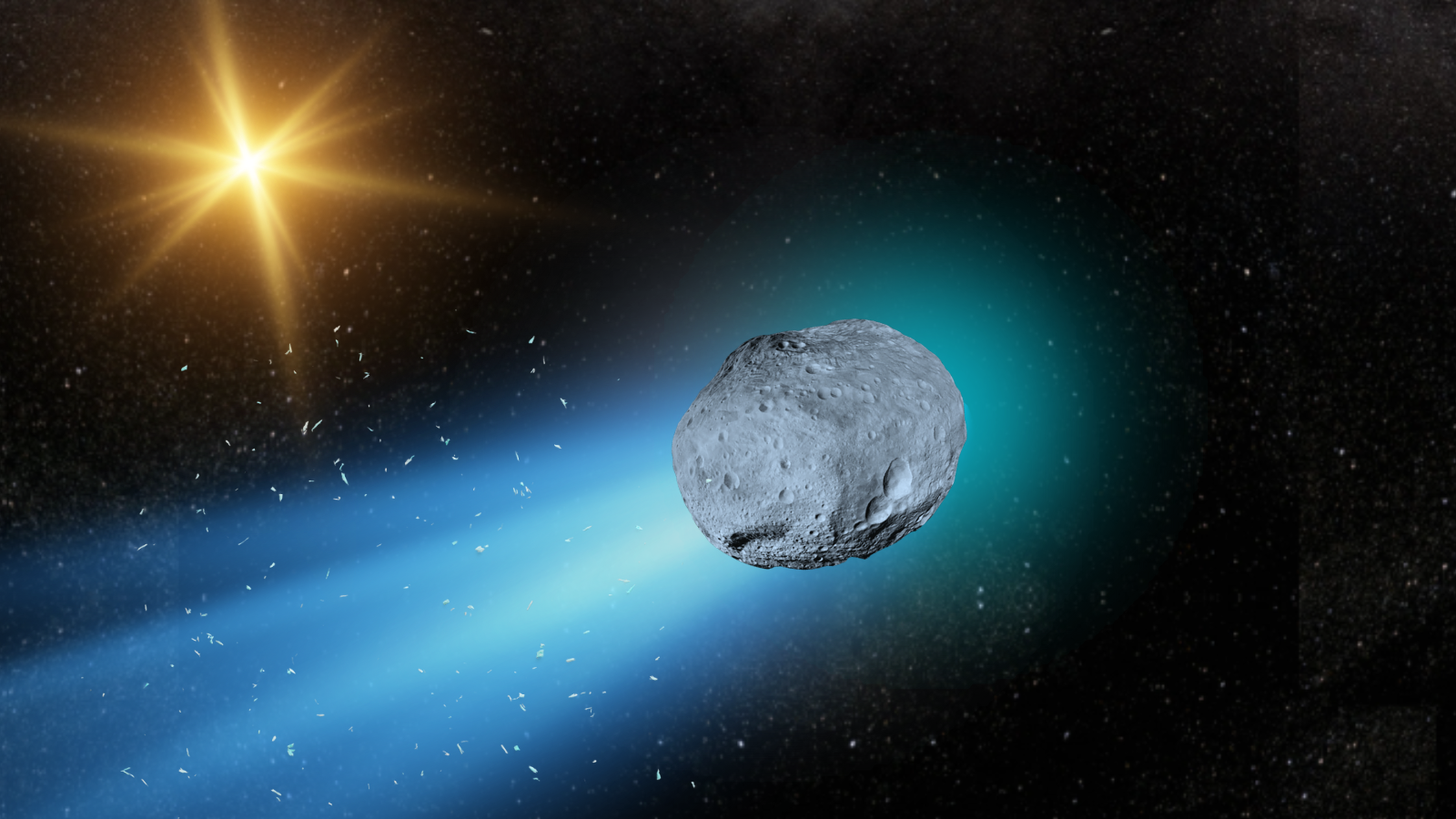Key Takeaways
- Harvard astrophysicist Avi Loeb suggests comet 3I/ATLAS exhibited “non-gravitational acceleration,” hinting at possible technological propulsion.
- NASA’s Jet Propulsion Laboratory (JPL) data showed the comet taking two odd trajectories, deviating from expected gravitational paths.
- 3I/ATLAS grew unusually bright and blue as it neared the Sun — behavior atypical for natural comets, which usually glow red.
- Loeb speculates this could indicate ionized carbon monoxide emissions — or a heat-generating engine.
It Flew Too Close to the Sun
A mysterious comet — or perhaps something more — is once again drawing attention from scientists and UFO enthusiasts alike. The Manhattan-sized interstellar comet 3I/ATLAS allegedly performed an unusual maneuver as it swung close to the Sun earlier this week, prompting new speculation about its true nature.
According to Harvard scientist Avi Loeb, recent data from NASA’s Jet Propulsion Laboratory (JPL) offers the “first evidence” that the celestial object may be accelerating in a way that defies gravity alone. In his latest blog post, Loeb argues that this “non-gravitational acceleration” could point to something far more advanced — possibly an artificial engine.
Also read : Samsung Galaxy Watch 8 Review: The Smartwatch That Finally Gets It Right
A Comet That Doesn’t Act Like One
Normally, comets experience a mild push as sunlight heats their icy surfaces, releasing jets of gas and dust in what’s called the rocket effect. But Loeb noted that 3I/ATLAS was showing far more thrust than expected as it reached its closest approach to the Sun, a point known as perihelion.
JPL’s telemetry reportedly revealed two distinct deviations in its trajectory — one away from the Sun and another off to the side, movements that standard cometary physics can’t easily explain.
“The non-gravitational acceleration might be the technological signature of an internal engine,” Loeb proposed, adding that such a mechanism could also account for the comet’s sudden color shift as it neared the Sun.
The Mystery of the Blue Glow
In a particularly strange twist, 3I/ATLAS began glowing brighter and bluer upon its solar approach — behavior that sharply contrasts with typical cometary patterns. Most comets turn reddish when heated, as their cold surfaces absorb blue light.
Loeb suggested that the blue hue could indicate ionized carbon monoxide or perhaps “a hot engine.” However, he also acknowledged a more conventional explanation — that the comet may simply be burning off massive amounts of ice, causing its distinctive coloration.
“The non-gravitational acceleration could be a result of cometary evaporation or technological propulsion,” Loeb told the Daily Mail.
The Ninth Anomaly — and Counting
This isn’t the first time 3I/ATLAS has defied expectations. Loeb says the object has displayed at least nine distinct anomalies, making it one of the strangest interstellar visitors ever observed.
Among its oddities are:
- An anti-tail — a rare jet of particles that points toward the Sun instead of away from it.
- An unusually close flyby of Jupiter, Venus, and Mars, suggesting a deliberate or highly improbable trajectory.
Such peculiarities, Loeb argues, raise the possibility that 3I/ATLAS could be a reconnaissance probe sent by an extraterrestrial civilization to study our solar system — perhaps even Earth itself.
Cosmic Curiosity or Alien Technology?
While many astronomers remain skeptical, dismissing the anomalies as natural but poorly understood phenomena, Loeb maintains that science should remain open to unconventional explanations.
“Extraordinary claims require extraordinary evidence,” he admits, “but ignoring anomalies limits discovery.”
As 3I/ATLAS continues its journey through the solar system — currently beyond our direct line of sight after perihelion — astronomers worldwide are eagerly awaiting new data. Whether it turns out to be an unusual interstellar comet or something far more advanced, its mysterious behavior is once again pushing the boundaries of how we define what’s “natural” in space.
Disclaimer: The information in this article is for general purposes only and does not constitute financial advice. The author’s views are personal and may not reflect the views of GameDegen.com. Before making any investment decisions, you should always conduct your own research. GameDegen.com is not responsible for any financial losses.



